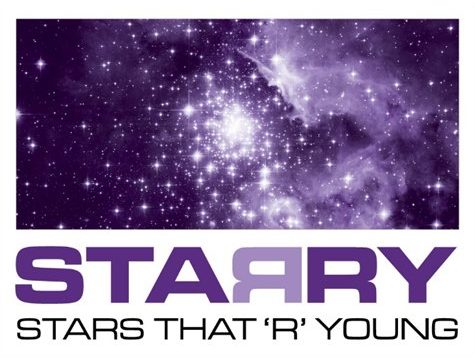More the 3 year have passed since I started this adventure.
I can still remember the day when I got the first email saying that I was on the short list, the email to arrange my interview, the morning of the interview (for which I was sooooo nervous) and the final email from Rene saying that I had got the position if I wanted to take it. I cried so much that day, I ran all around my old institute to give the news to my friends, and I called my family saying I was going to do a PhD in the UK.
This adventure began with a day on a beach followed by a cold rainy night where I got to meet for the first time, the person who is guiding me on getting my work done. I arrived in a house of strangers that today I considered my friends, very good friends. Also, I got such so a warm welcome at the university that made it very easy to adapt. Additionally, the help that I got from the language centre, specifically from Dr Katherine Taylor, which has helped make my time in Leeds, enjoyable.
I spent 18 months of my PhD in Spain, specifically at the European Space Agency (ESAC). Who would have thought that, I would have the opportunity to be in contact with so many incredible people, from different academic backgrounds, from so many different countries. Having the chance to live in a second European country in less than a year of moving here. Of course, everything was not easy, but the experience was excellent.
But because everything has to come to an end, I just want to thanks each person who made STARRY possible, Prof Rene Oudmaijer (supervisor), Dr Ricardo Perez (co-supervisor), Dr Deborah Baines (external expert), Patricia Grant (STARRY Project Manager) and of course, the European Union’s Horizon 2020.
